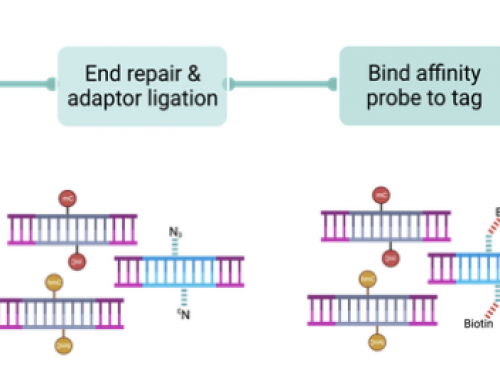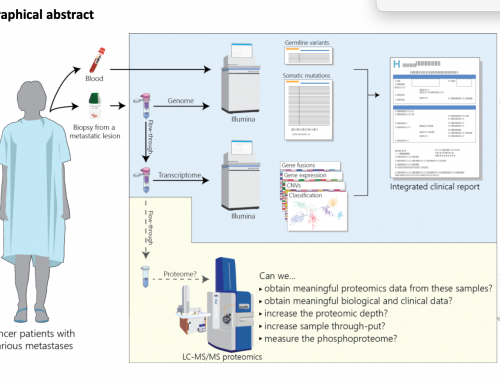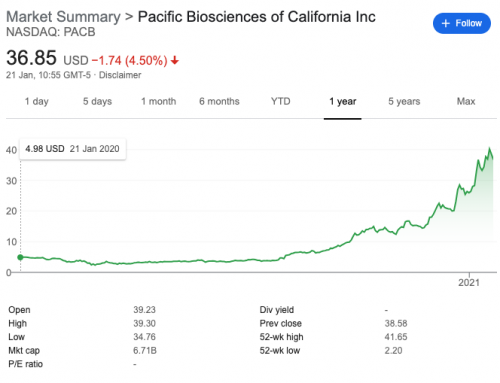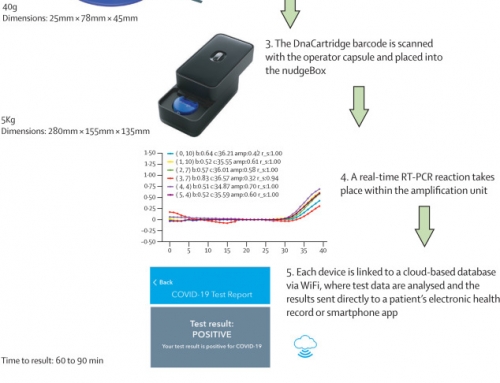I wrote this post after a recent experimental design discussion where we went round and round discussing RNA analysis.
There are many different RNA molecules in a cell. When I was studying there were only three, mRNA, ribosomal RNA and tRNA. Simple! However over the last couple of decades our understanding of the complexity of RNA transcription and what different RNA’s do in the cell has changed dramatically. Regulatory RNAs have become incredibly important to consider in biological systems and include both small RNAs including miRNA, piRNA and long-noncoding RNAs such as Hotair. These can target mRNA for degradation, block mRNA translation or even target genes for methylation and block transposon mobility.
We are still finding out an awful lot about the transcriptome that is surprising, and controversial (e.g. RNA editing).
Unfortunately our earlier ignorance of the varied RNA landscape has meant the term ‘total RNA’ is somewhat confused. As more and more scientists look deeper into the transcriptome and RNA biology, it is important to understand what total RNA is a particular experimental context. I try to understand what it is the experimenter wants to assay and use that as the starting point for discussions about particular extraction chemistry, labelling and other methodologies.
Just for the record, for me total RNA means all the RNA in a cell.
What is in Total RNA: It’s all the RNA in a cell and includes lots of different RNAs and certainly not just messenger RNAs!
Here I have suggested a pretty comprehensive list but feel free to point out any I may have missed: mRNA, polyA RNA, polysomal RNA, tRNA, ribosomal RNA, lincRNA, miRNA, piRNA, siRNA, SRP RNA, tmRNA, snRNA, snoRNA, SmY RNA, scaRNA, gRNA, aRNA, crRNA, tasiRNA, rasiRNA, 7SK RNA
A historical perspective and Affymetrix U95A arrays: When I first started running gene expression arrays in 2001 we often saw degraded RNA at the bottom of a gel or Bioanalyser trace. Many users wanted to clean up this degraded RNA and so we would run a column based clean-up which effectively removed all the small RNA species from a sample. Nearly all extractions were performed with Trizol or something similar and column-based extractions were the exception rather than the rule.
Back then we were only interested in gene expression assayed by labelling mRNAs by oligo-dT primed cDNA synthesis in an Eberwine amplification reaction. We were not aware that in that degraded RNA we were so happy to remove was an undiscovered regulatory universe of RNA molecules. The techniques we were using to assay gene expression would not have picked these up anyway, but nether-the-less we made a decision based on a very naive understanding of RNA biology. We should all have learnt from that lesson.
RNA extraction: Now when asked for a recommendation on RNA extraction I usually suggest Qiagen miRNeasy or another kit that preserves the small RNA fraction in a sample. Some users come to us with RNA already prepared and ask if we can also look at miRNAs but if they have used a kit that does not keep these small molecules we have to suggest they start again from scratch.
Kits that preserve small RNAs are only a little more expensive to use than others, and they do not involve much more lab work. Even if someone is interested in mRNA gene expression I always try to persuade him or her to collect small RNA containing total RNA. For many experiments the samples will only be collected once and might be reused in experiments many months or even years later.
What about assay biochemistry: Even if you have collected total RNA it is not necessarily possible to analyse all the different types of transcript in a single assay. Most mRNA gene expression arrays use very different labelling methods than microRNA arrays for instance. You can’t very easily label mRNAs and miRNA with the same chemistry.
With Illumina and other RNA-seq methods most users need to choose whether to assay mRNAs or micro-RNAs and use different methods to do so that use very different biochemistry. Whilst it is possible to use an RNA ligation method to analyse small RNAs and fragmented mRNAs very few people do so as this is more complex to prepare and analyse than running two independent experiments with the same samples as inputs.
What should you do for your next RNA experiment: If you are about to run a microarray or an RNA-seq experiment I’d encourage you to take a look at some of the literature out there and read the manuals for several kits to understand what is happening to RNA molecules in a particular method. By doing this you will be better placed to decide how best to approach your experiment and understand the limitations of the method you have chosen. An excellent resource is the Ambion website.
If you are lucky enough to have a good core-lab or service provider to run your experiment then take the opportunity to talk to them before you start the experiment. This means before you get cells out of the freezer or tissue from your mice, and hopefully you can work together on an experimental design that will get you the most from the samples. The extraction may only cost you a few £, $ or ¥ extra and make your day an hour or two longer in the lab, but you’ll be happy you did it when someone publishes something interesting about the regulation of your favourite gene in a similar sample set, as you’ll be able to go back to the freezer and confirm their finding in the samples you already have.








manufactures high quality peptides, synthesis of long RNA and related products.
Excellent blog you have here total RNA. I’m a long time reader, but haven’t commented before; I just had to say how much I enjoy the site. Where did you get this Wardress theme? Is it custom? I really like it.
Hello from Boston, Massachusetts 🙂 As a researcher and technician, I must say I enjoy your blog immensely. Thank you for taking the time to post!
Hi, and thanks for the info!
Does total RNA include organellar RNA as well? Is there any way to distinguish between these two types?
What should you do for your next RNA experiment: If you are about to run a microarray or an RNA-seq experiment I’d encourage you to take a look at some of the literature out there and read the manuals for several kits to understand what is happening to RNA molecules in a particular method. By doing this you will be better placed to decide how best to approach your experiment and understand the limitations of the method you have chosen. An excellent resource is the Ambion website.